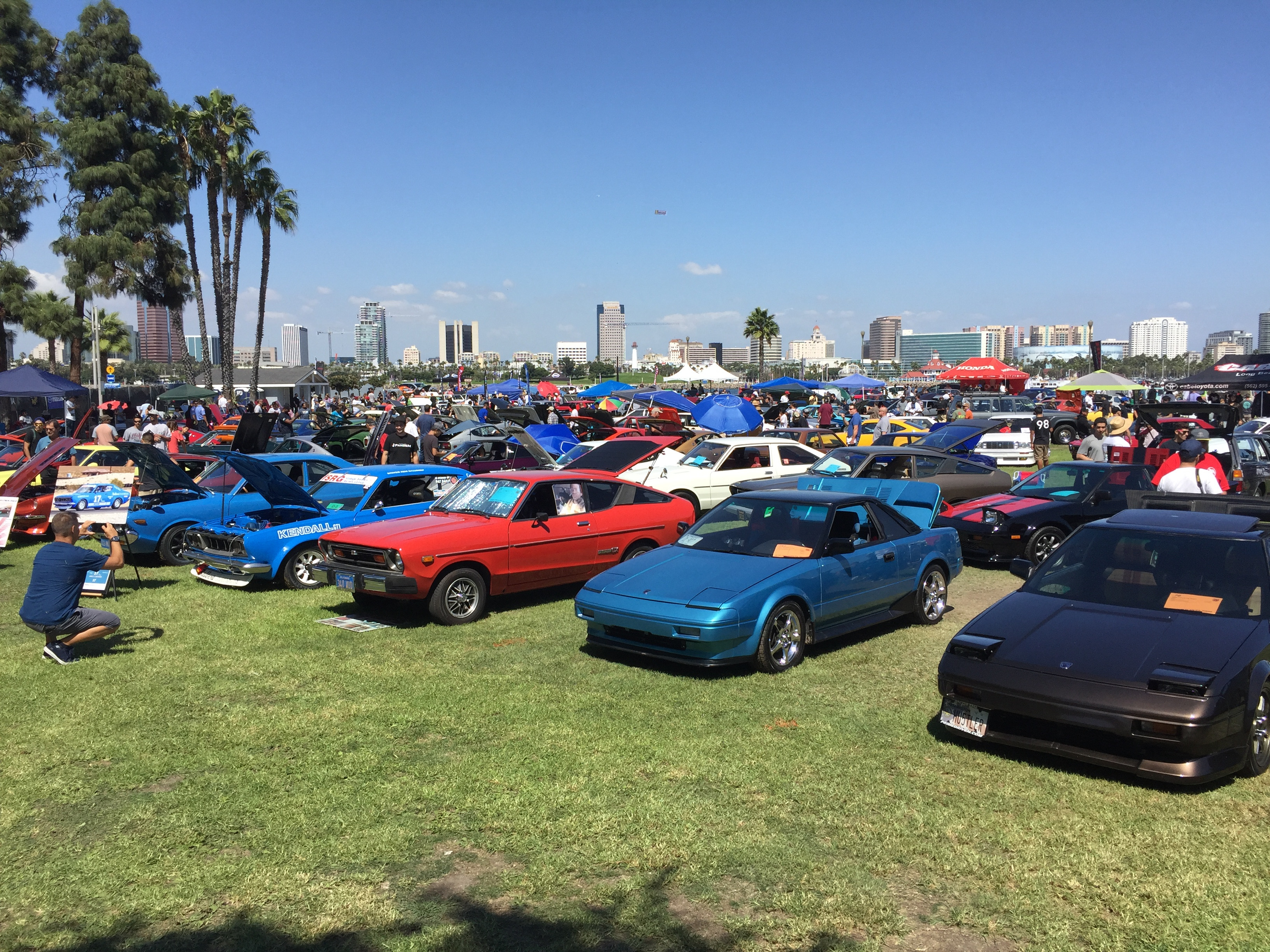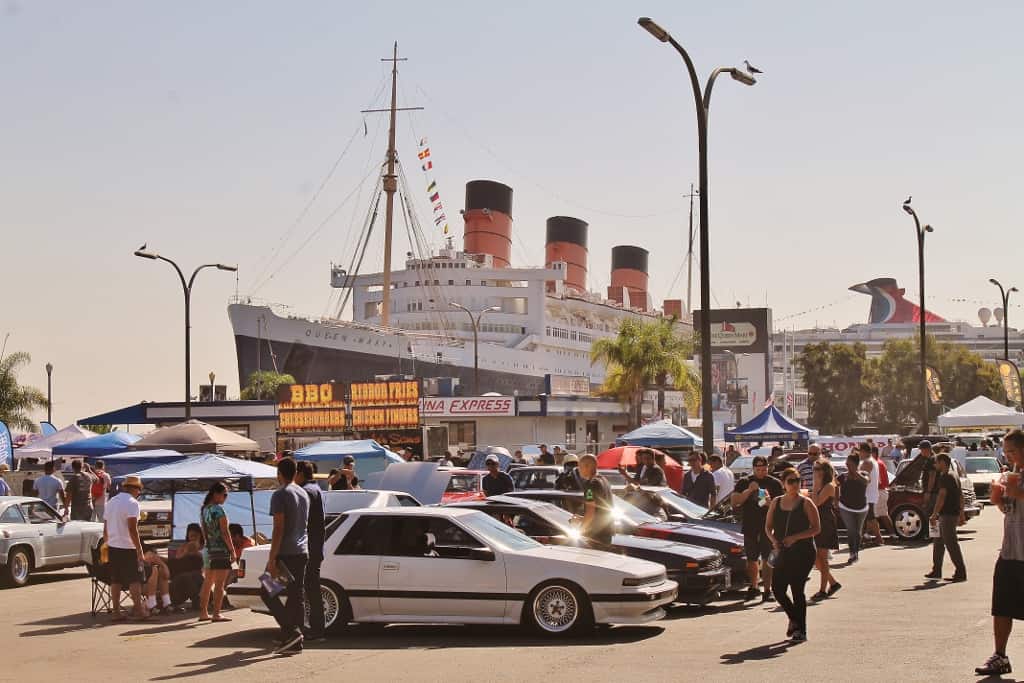(Editor’s note: During the month of January, the ClassicCars.com Journal plans to present a series of stories related to and perhaps explaining the recent increase in interest in collecting cars produced by Japan-based automakers. That series begins today with this Introduction.)
Historians tell us that although Torao Yamaha built a steam-powered bus as early as 1904, the first made-in-Japan passenger car was the gasoline-fueled Takuri, produced by Komanosuke Uchiyama in 1907.
What was considered at the time to be “mass production” didn’t get going until 1917, when Mitsubishi rolled out fewer than two dozen examples of its Model A, and from 1925 until World War II, Japanese automotive production was dominated by Ford- or General Motors-owned assembly plants, which were producing nearly 20 times as many vehicles as Japan’s domestic manufacturers.
Things changed during the post-war recovery as Japanese companies developed cars, especially small cars, for the domestic market and thus were in a good position to launch a strong export effort in the 1970s when oil crises and international exchange rates made Japan’s compact vehicles attractive to drivers around the world.
Attractive, perhaps, from a getting from point A to point B basis, but not necessarily attractive as in adding to a car collection that, at the time, likely was focused on pre-war American and European classics, perhaps some post-war sports cars and hot rods, and perhaps some recent Detroit muscle cars that were going into collections because of the rise in the cost of gasoline to keep them on the roads.

That was then but this is now, and as we launch in 2021, Japanese cars are very much part of the collector car mix, from early Datsun 240Zs and Toyota FJs to Nissan GT-Rs and from Subaru’s WRX rally cars for the road to the latest in exotic Lexus coupes.
Blame it on, or perhaps more properly, credit the rising tide of young Japanese car enthusiasts who have been souping up their daily drivers but who also have become attracted to vintage models, especially performance cars and pickup trucks and SUVs, largely produced before many of the new owners were born. They are the ones driving the collectability, and they represent a generational sea change for the collector car hobby that was needed and should be welcomed.
Our series will examine the cars and how they became popular with collectors. The first story, publishing tomorrow, will feature the car that really got things started, the Datsun 240Z.




How and why did Japanese cars become collectible? Because there are people who desire owning and driving them, the same as cars from any country or marque. Except for rare models or ones with an unusual pedigree, cars are a terrible investment. The only reason to collect any car is that you enjoy the way it looks and the way it drives. Of course, that could describe many different cars. However, as a result of not possessing unlimited funds, most collectors specialize. If you like the look and feel of Japanese cars, collecting them is as good as collecting anything else.
Up until the early 70’s, American cars were the way to go, and the Japanese cars were econo boxes with the utility of toasters, to be discarded after use. American cars then began their ‘malaise era’ through the 70’s, 80’s, and even into the 90’s with a few exceptions that prove the rule. Japanese cars took significant market share at the low end, and then with those profits, they began to go after the higher profit margin markets with the 240’s, Acuras, Lexus, etc. American car companies only began to really fight back with the ‘nostalgia’ movement of Challengers, Mustangs, Camaros, in the 2000’s. Horsepower wars fired back up again, too, with the likes of Demons and Hellcats, Rousch Mustangs, etc.
lot of people like them, did you ever watch TOKYO DRIFT movie , Awesome stuff , very creative cars!
The Japanese built Miata is one of the hottest collector cars in the world despite large production numbers. Hight tech design, extreme reliability and ease of repair makes most Japan built cars attractive to people
The last fuel crunch, when fuel was $4-$5 per gallon, I became interested in diesels. Discovered the wonderful Nissan Maxima diesels of 1982-83. What a great dependable fuel efficient car!
I still don’t understand how Japanese cars became collectibles. Outside of a chosen handful or two, Japanese cars aren’t desirable. They were and still are econoboxes.
It all depends on what was considered cool when you were around 16-18 I think. A lot of guys really wanted a 240z when I was growing up not vettes or a 57 Chevy like my older brothers were into. Datsuns were introduced as race cars at first starting with the 1967.5 2liter Datsun roadsters that Pete Brock and Carrol Shelby drove at the end of there careers. People scoffed and said they were cheap and wouldn’t last but they did. It’s generational I believe.
A child of the 60s I moved from the muscle car to Italian and German cars. But following the history of BRE and John Morton I bought a 510. The hobby has moved in that direction with many importing Japanese classics.